Where to see Kenya’s elephants
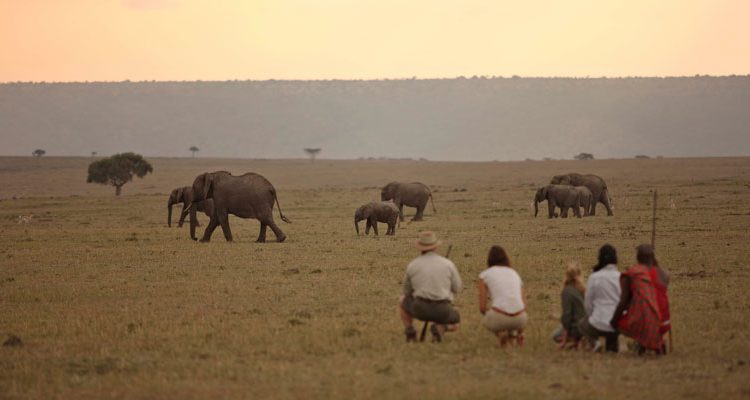
Kenya has always been one of the top safari destinations in Africa. It has it all: wonderful people and culture, stunning scenery, good accessibility, and incredible wildlife. In many of the national parks and reserves, you have a great chance of seeing the ‘Big 5’ in one game drive.
With diminishing numbers, elephants are one of the most sought after mammals to see on safari. While some areas can get busy in high season, we have hand-picked some of the best areas and camps to see these beautiful creatures, while keeping you off the beaten track.
6 Best places to see Kenya’s elephants:
1. Amboseli National Park
In the south east of Kenya is Amboseli National Park. With Mount Kilimanjaro as a back drop, it doesn’t get much more beautiful than this. The dry plains of Amboseli are fed by the glacial melt waters of Kilimanjaro, which provides a much-needed life source.
This national park is close to both Nairobi and the coast making travel logistics easy. Elephants here are plentiful and easily spotted on the open plains. It is great fun to watch them bathe in the waterholes.
Tortilis Camp is a lovely base in Amboseli. It is located on a small hill in a private concession with great views over the plains and towards Mt Kilimanjaro.
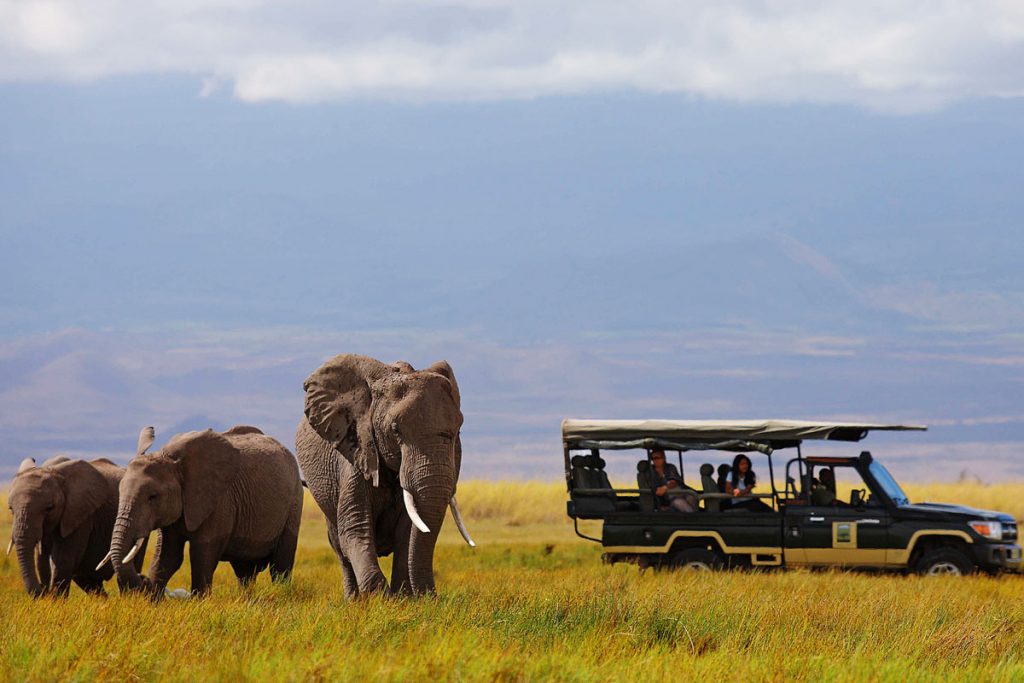
Game drive at Tortilis Camp
2. The Chyulu Hills
To the east of Amboseli are the Chyulu Hills, extraordinary volcanic peaks covered in a beautiful evergreen forest which forms a great harbour for wildlife.
But as the lava is fairly recent and doesn’t hold water, game descends to the plains of both Amboseli and Tsavo National Parks during the day. The elephants here are well known for congregating in large breeding herds and for having impressively large tusks.
Ol Donyo Lodge is a wonderfully luxurious camp here and a great base from which to explore the area.
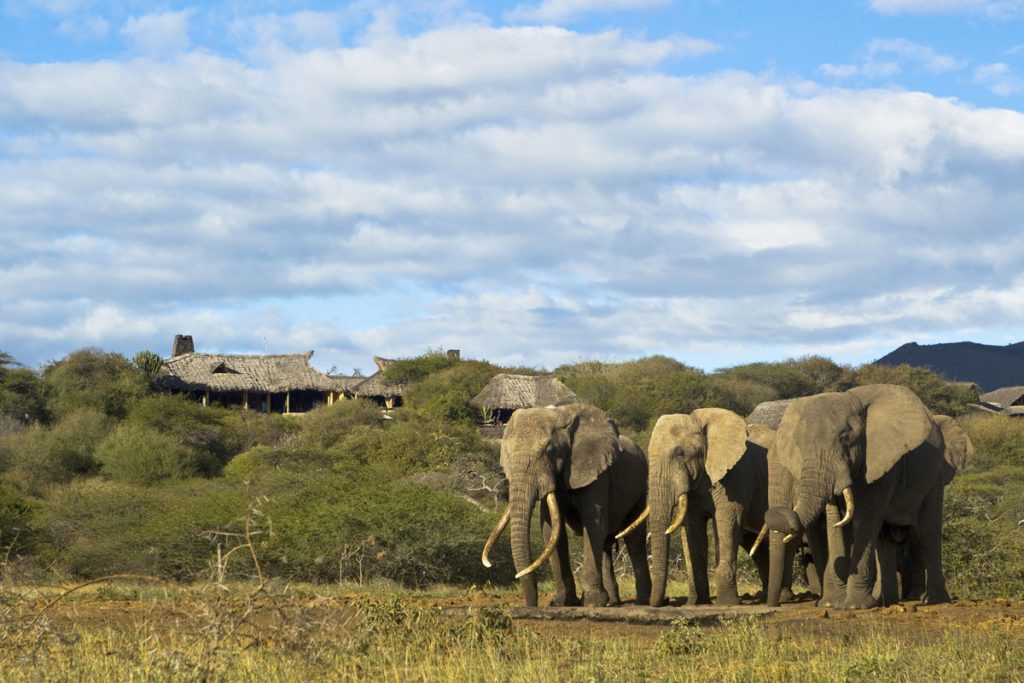
Tuskers at Ol Donyo Lodge
3. Samburu National Park
Samburu National Park is where you will find elephants in big breeding herds and where many are well habituated to vehicles.
With the headquarters for Save the Elephants in the park researchers are with elephants most of the day, and they have become familiar with vehicles. As a result, guests can experience an amazing encounter with these impressive animals which tend to be found in big breeding herds here.
Elephant Watch Camp is a wonderful camp to base yourself while in Samburu. When the acacia trees fruit after the rain you don’t even need to leave your room to spot elephant as they wander through camp picking the fallen fruit.
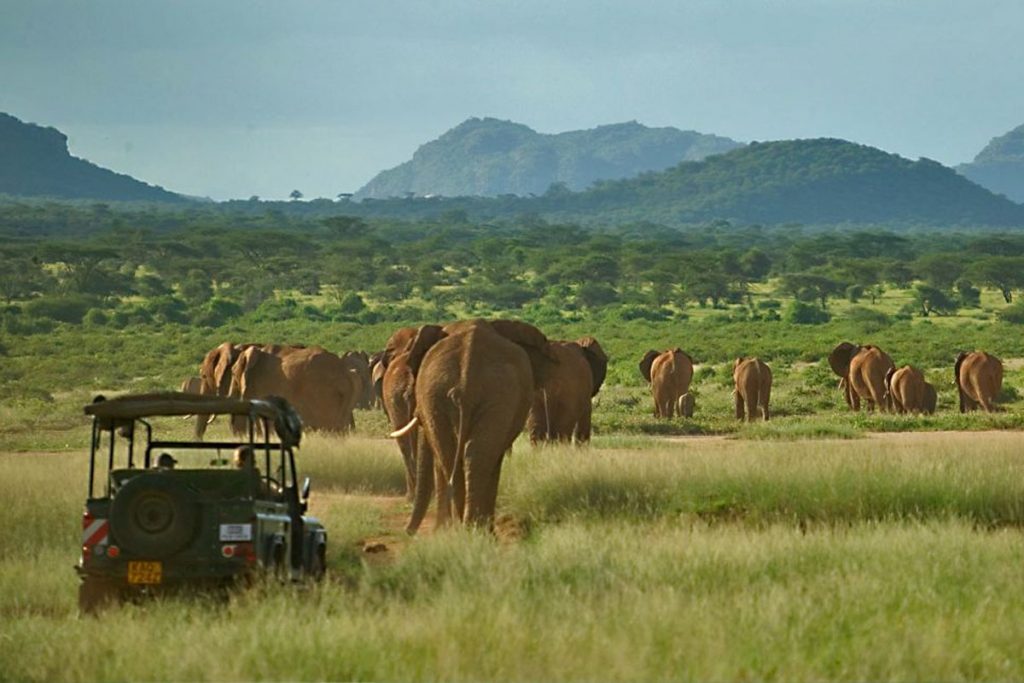
Large elephant herd at Elephant Watch Camp
4. Lewa Wildlife Conservancy
Covering over 62,000 acres of wilderness in northern Kenya, the Lewa Wildlife Conservancy is one of the most important wildlife reserves in Africa. While it’s growing rhino population is probably the most famous of its conservation success stories, there are good populations of elephant here too, with up to 500 individuals present at particular times of the year. A handful of comfortable lodges, each offering a range of safari activities, ensure guests can enjoy this superb wildlife area at its very best.
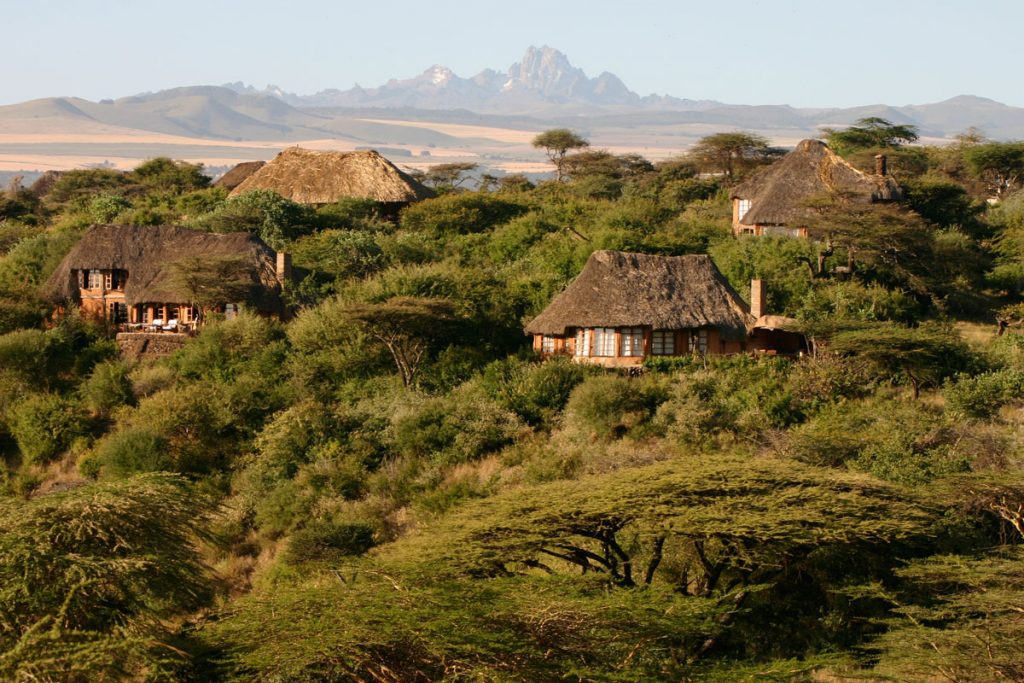
Lewa Wilderness in the shadows of Mount Kenya
5. Masai Mara
Kicheche Mara Camp guests have the opportunity to experience first-hand, the complicated relations between poaching and human-elephant conflict in the Mara ecosystem. Kicheche has teamed up with Mara Elephant Project to showcase MEP’s important work; reducing the poaching levels, and minimizing the conflict and challenges to livelihood of the local community. The project also monitors 23 collared elephants for essential research purposes and it is these animals that guests will have the chance to track and gain an insight into the complex issues. The activity, bookable in advance at $100 per person donation, takes around three to four hours including an overview of the project and programmes.
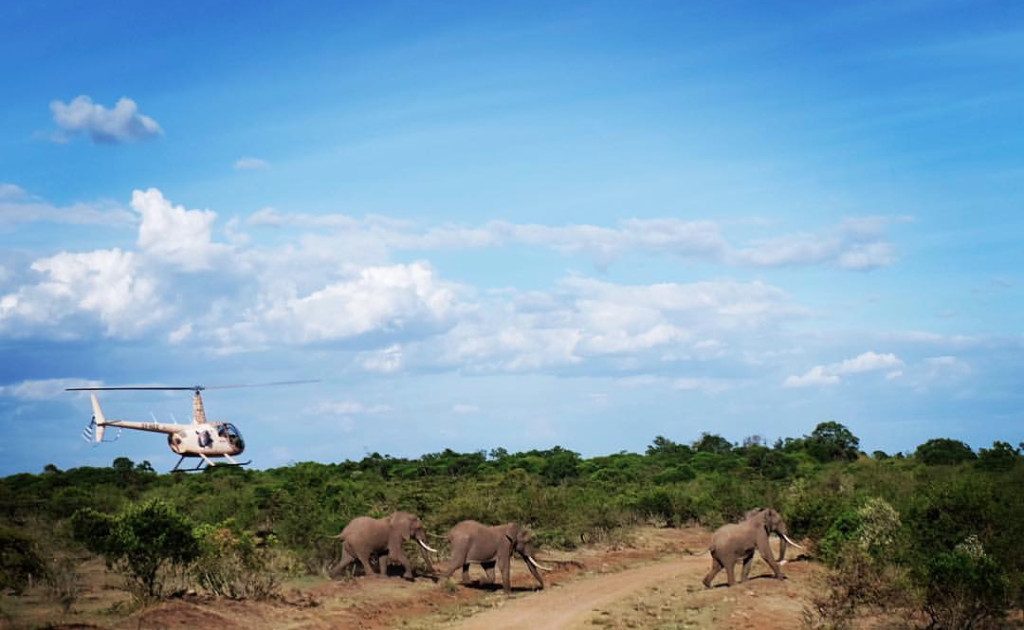
Elephant monitoring with Mara Elephant Project
6. David Sheldrick Wildlife Trust
Many Aardvark Safaris’ clients passing through Nairobi will visit the elephant orphanage founded by David’s widow Daphne. The orphanage, whose aim is to release elephants back into the wild, is just one of the projects run by the trust which also supports anti-poaching units, mobile vets, habitat rescue, conservation initiatives and community outreach. If you foster an elephant (approximately $50) you can visit by appointment at 5 pm when the elephants return to the stockades for the night.
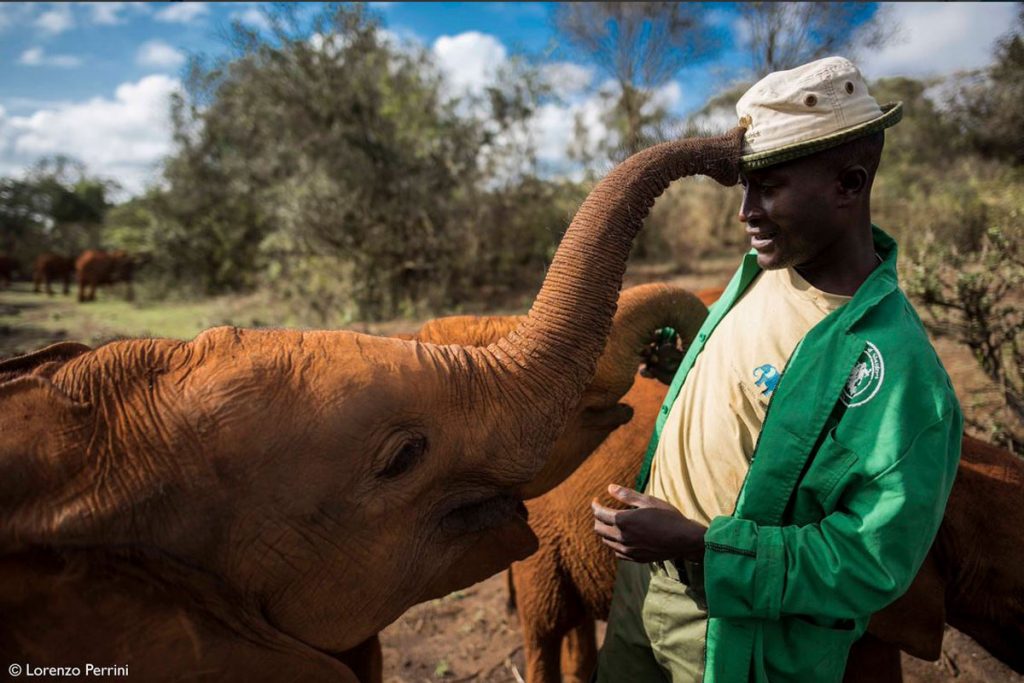
Nglai, rescued from a well and recovering at the David Sheldrick Elephant Orphanage
Any questions?
If you’ve got this far and not found an answer to a question you have that we should have included, please ask in the comments section below, or pop us an email. We’ll be sure to reply and may amend the article to include our answer.
What next?
We would be delighted to help you plan a holiday, or answer any questions if you’re at an earlier stage. Our team of experts have travelled widely throughout Africa. They can offer expert advice on every type of safari from family and beach holidays to riding and primate safaris. If you would like to talk to someone who has been there and done it, please just send us an email or give us a call.
Hi I would like to know how much
It cost to enter David Sheldrick
Orphange
There are three ways to visit the Sheldrick Wildlife Trust Orphanage in Nairobi:
1. The orphanage is open to the public for one hour 11am-12pm (midday). To enter at this time requires a minimum contribution of US$7 per person.
2. If you adopt an elephant (details below) you can visit the orphanage during the daily visit above or at 5pm when the elephants return to their overnight stockade. An afternoon visit needs to be booked in advance.
A keeper will talk adopters through the elephants and their care before the animals return speedily to the stable get their milk. Adopters are welcome to visit the nursery , talk with the keepers and meet the orphans, although it should be noted it is only safe for the keepers to go inside the stables and feed the elephants.
An elephant adoption can be arranged for one year to ten years ad costs a minimum of $50 per year.
3. Private visits can be arranged on request.
Aardvark Safaris will make the arrangements for a visit for clients travelling on a safari holiday with us. However, the adoption of elephants (generally one per person visiting) is to be arranged by the clients direct with the Sheldrick Wildlife Trust Orphanage through their online portal and we are sent the confirmation to allow us to make the arrangements for an afternoon visit.